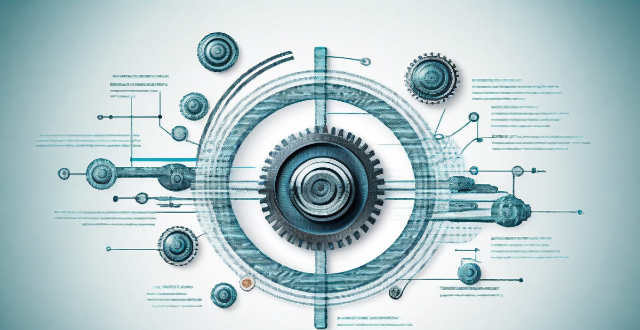The advancement in technology has significantly influenced the development and use of Direct Current (DC) brushed motors over the years. This article will discuss how technological progress has affected the design, performance, and application of DC brushed motors.

Impact of Technology Advancement on DC Brushed Motors
Introduction
The advancement in technology has significantly influenced the development and use of Direct Current (DC) brushed motors over the years. This article will discuss how technological progress has affected the design, performance, and application of DC brushed motors.
Design Improvements
Efficiency
Technological advancements have led to improvements in the efficiency of DC brushed motors. Modern designs incorporate better materials and advanced manufacturing techniques, resulting in motors with higher torque-to-weight ratios and lower energy consumption.
Size and Weight
Advanced technologies have allowed for the miniaturization of DC brushed motors without sacrificing performance. This has made them more suitable for applications where space is limited, such as in drones and portable electronic devices.
Noise Reduction
Technology has also contributed to reducing noise levels in DC brushed motors. Advanced bearing designs and improved gear reduction systems have resulted in quieter operation, making them more suitable for noise-sensitive environments like hospitals and offices.
Performance Enhancements
Speed Control
With the integration of microcontrollers and advanced algorithms, modern DC brushed motors can achieve precise speed control. This allows for more accurate positioning and smoother motion in applications such as robotics and automation systems.
Torque Management
Technological advancements have enabled better torque management in DC brushed motors. Advanced control strategies and feedback mechanisms ensure that motors provide consistent torque across a wide range of operating conditions, improving overall performance and reliability.
Heat Dissipation
Improved materials and cooling techniques have enhanced the heat dissipation capabilities of DC brushed motors. This results in longer operating times and reduced wear and tear on components, extending the lifespan of the motor.
Application Expansion
Automation and Robotics
The increased efficiency, precision, and reliability of DC brushed motors have made them ideal for use in automation and robotics applications. They are commonly used in industrial robots, assembly lines, and automated packaging systems.
Aerospace and Defense
Technology advancements have also expanded the use of DC brushed motors in aerospace and defense industries. Their compact size, high efficiency, and reliability make them suitable for use in satellites, missiles, and aircraft control systems.
Medical Devices
DC brushed motors are increasingly being used in medical devices due to their quiet operation and precise control. They are commonly found in surgical instruments, prosthetic limbs, and diagnostic equipment.
Conclusion
Technological advancements have significantly impacted the development and use of DC brushed motors by improving their design, performance, and expanding their applications. These enhancements have made DC brushed motors more efficient, reliable, and versatile than ever before, allowing them to meet the demands of various industries and applications effectively.